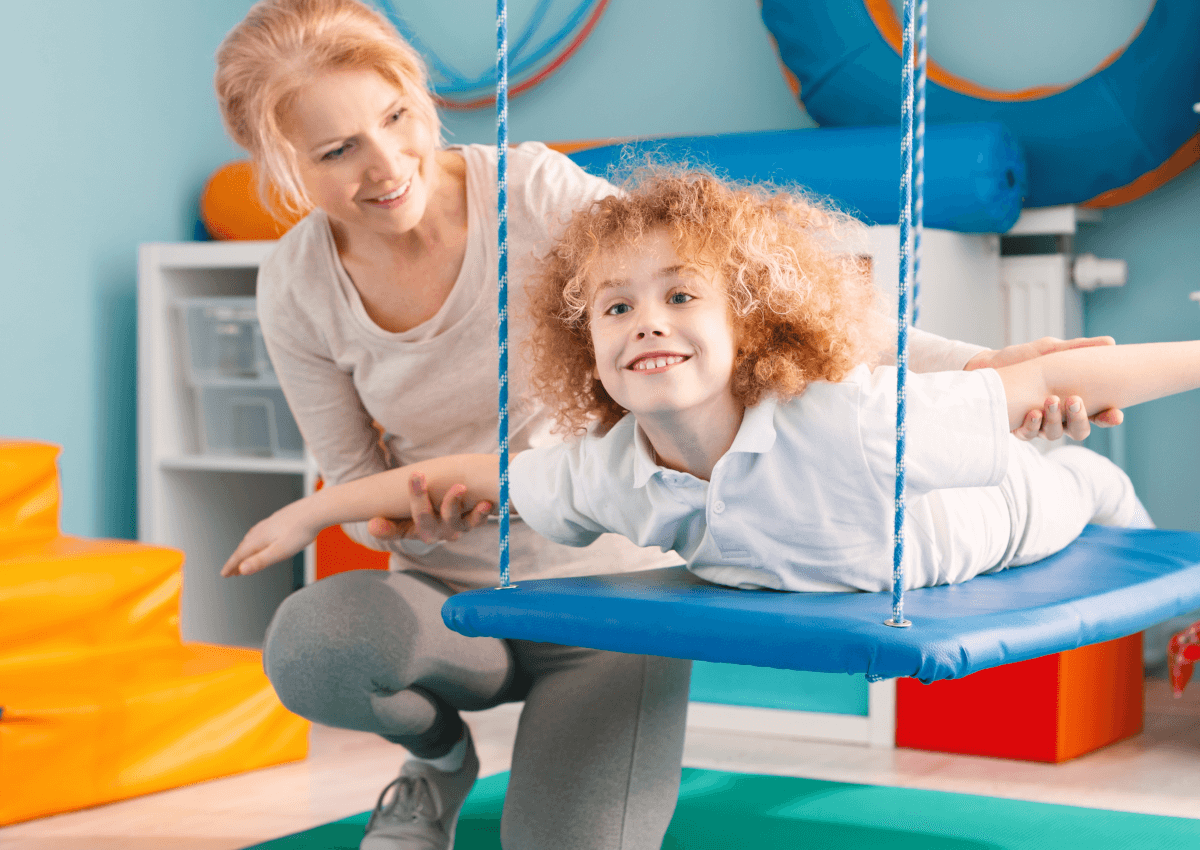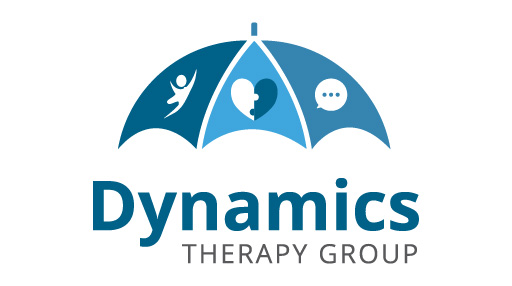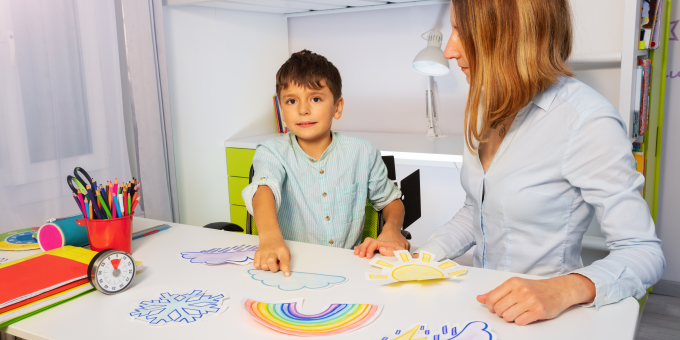
“If my child is undergoing Occupational Therapy, does he/she still need ABA?”
Or vice versa. Many parents have raised this question, while others are concerned that one form of therapy alone may not adequately help their child overcome their issues.
To answer this, let us first learn more about ABA and Occupational Therapy.
Applied Behaviour Analysis (ABA)
ABA uses evidence-based procedures and strategies to help individuals of all ages learn critical functional and independent living skills. This form of therapy has over 50 years of efficacy and is highly sought-after.
ABA is also regarded as one, if not the most effective intervention treatment for children with developmental delays, developmental issues and/or behavioural problems. Applying the principles of learning and motivation, ABA helps shape positive behaviours and reduce detrimental or interfering ones, teaches new and replacement skills and behaviours and guides the adaptation of behaviours.
Children can learn or improve on essential skills that include:
- Basic learner skills, such as building eye contact or on-seat behaviour;
- Communication and language skills, such as answering questions or spontaneous requesting;
- Social and play skills, such as socialising with peers or taking turns;
- Self-help skills, such as grooming or tolerating new/aversive activities;
- Academic skills, such as reading or spelling;
- Gross and fine motor skills;
- As well as reducing problem behaviours that include tantrums and aggressions
Ultimately, ABA aims to help these children develop and master socially important behaviours that can be generalised across different environments, situations and people, improving the children’s self-esteem, confidence and quality of life.
Occupational Therapy (OT)
OT helps individuals of all ages, and pediatric occupational therapy benefits children with behavioural problems, developmental delays caused by physical or mental conditions (autism or down syndrome), orthopaedic injuries and chronic illnesses, among others.
These children experience deficits in their physical, sensory and/or cognitive areas, and through OT, they can enhance their development, minimise the potential for other developmental delays, foster independence in everyday living, and boost their self-esteem and confidence through OT’s structured and targeted exercises and activities.
Children can learn or improve on essential skills that include:
- Fine motor skills (using small muscles), such as grasping or good handwriting;
- Gross motor skills (using large muscles), such as rolling or walking;
- Cognitive (thinking) skills, such as problem-solving;
- Sensory processing skills;
- Postural control and balancing;
- Basic everyday skills, such as dressing, bathing or feeding;
- Positive behaviours and social skills, such as anger management; and
- Management of assistive equipment, such as crutches or wheelchairs
Differences and Similarities between ABA and OT
ABA and OT differ primarily in the priorities and objectives of their strategies. ABA addresses the environmental and psychological factors influencing the child’s actions while focusing on the consequences that shape certain behaviours; whereas OT focuses on the acquisition of specific skills to improve daily living activities. OT’s scope of treatment is confined to the activities and factors that are relevant to the targeted goals.
However, these two therapies share many similar traits and components as well, which include:
- The aim to equip children to improve in areas of function, foster independence and adjust to different environments — at home, school or socially
- Applied in early intervention — the sooner the child starts therapy, the better and more significant their improvements and development
- Highly goal-oriented
- Emphasise functional aspects of behaviour and outcomes over theories
- Formulate a unique and individualised programme instead of adopting a formulaic approach
- Therapeutic interventions and unique goals are developed based on in-depth assessments of the child’s current skill levels, deficits and learning pace
- The strategies and methods are specially selected to target and correct these deficits
- Teach and improve on appropriate skills and behaviours to boost the quality of life and socialisation abilities
- Rely on meaningful data and insights from regular assessments to measure progress
- Actively seek parental and/or caregiver support and involvement in the child’s developmental journey to ensure continuity of the treatment
- Specialists of both fields are governed by the highest ethical and service quality standards
Conclusion: Are ABA and OT Disparate Therapies or Therapeutic Allies?
ABA and OT can complement each other to help the child develop holistically. Many ABA therapists have been using OT in conjunction with ABA therapy, as needed, to extend the scope of the treatment plan and outcomes.
ABA, being behaviour-oriented, can focus on the physiological aspects of motivation and learning to shape behaviours and increase essential skills. OT supports the ABA programme with its focus on the functional (mechanical) processes and limitations of certain behaviours and actions.
The benefits of combining ABA and OT could include:
- Broadening the spectrum of essential skills and socially important behaviours learnt and developed, for example, development of gross motor skills to help children overcome sensory processing challenges; and
- Enhancing the effectiveness of the programme and encourage speedier improvements
About Dynamics
At Dynamics Behaviour Analysis, our dedicated ABA professionals work seamlessly with our in-house Occupational Therapists, as needed, to empower every child to reach their highest potential and achieve their goals. We also have a fully equipped Sensory Integration gym to accelerate the child’s development.
There are countless benefits to integrated care for your child, such as offering many valuable opportunities to maximise the child’s potential and growth. We ensure your child receives holistic, hassle-free care and support by collaborating with other health professionals. These highly qualified and equally dedicated specialists of their field are also part of Dynamics’ multidisciplinary team, which includes Speech Therapists, Physiotherapists, Counsellors, Educational Therapists, and many others.




